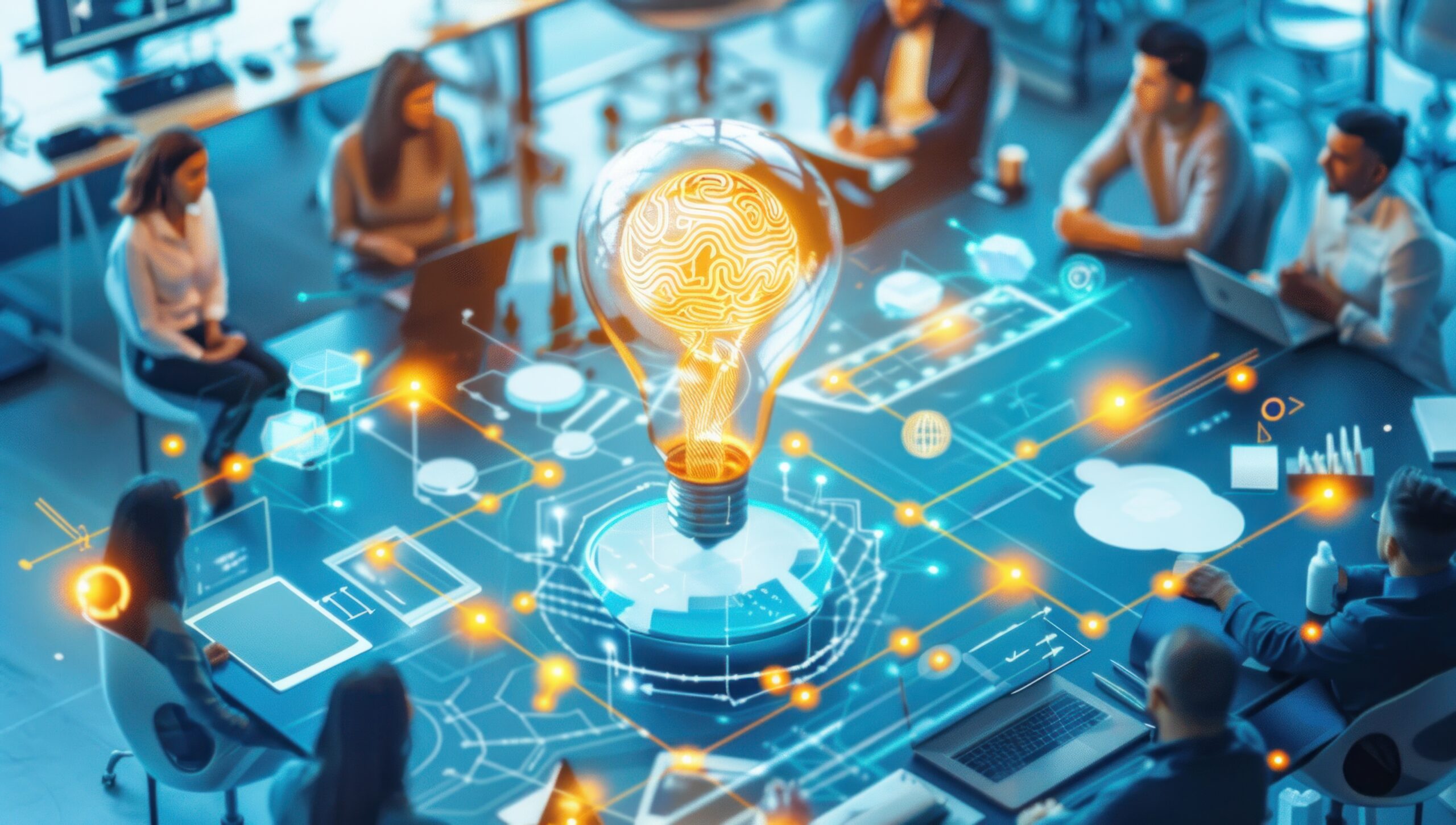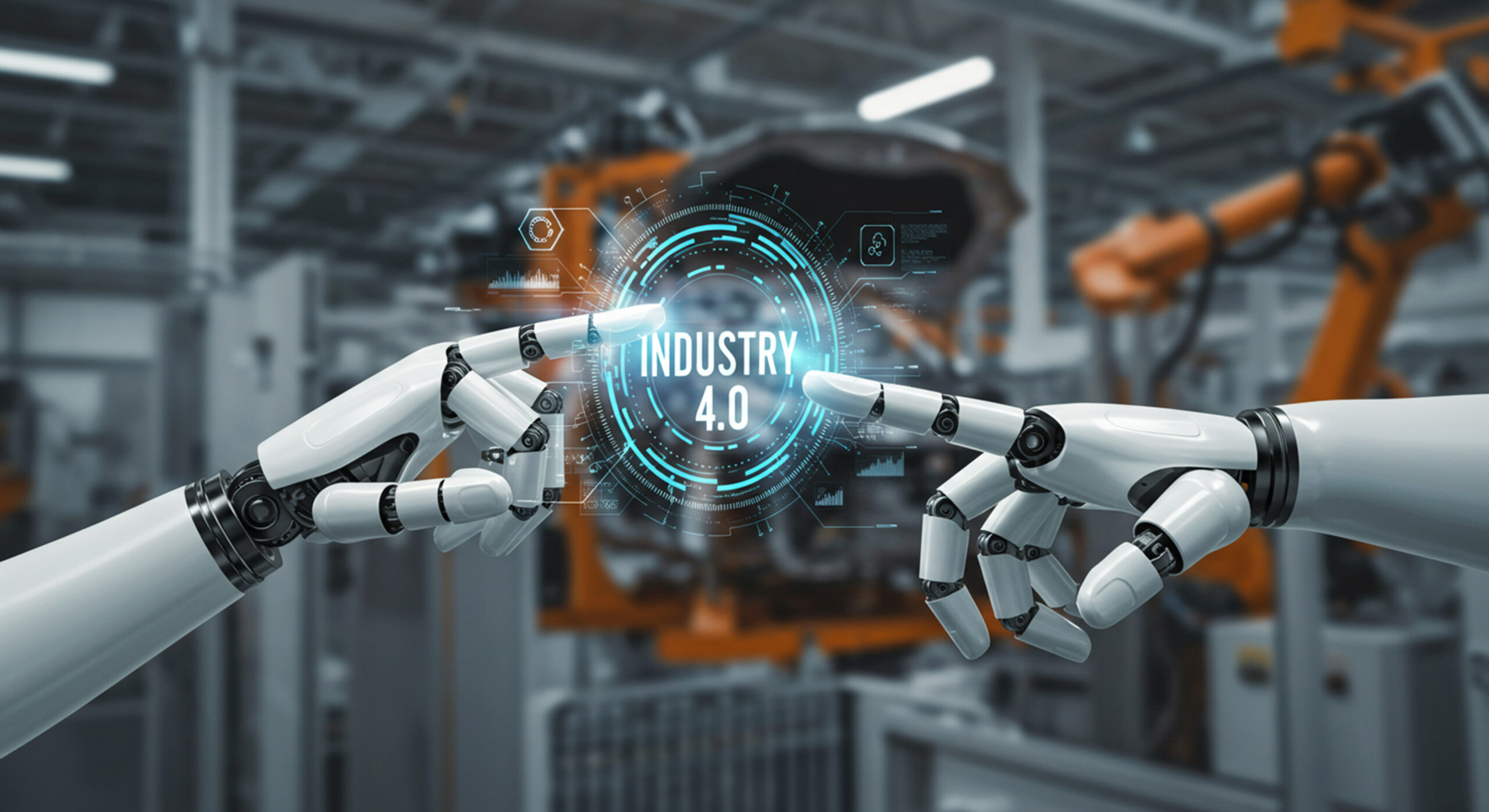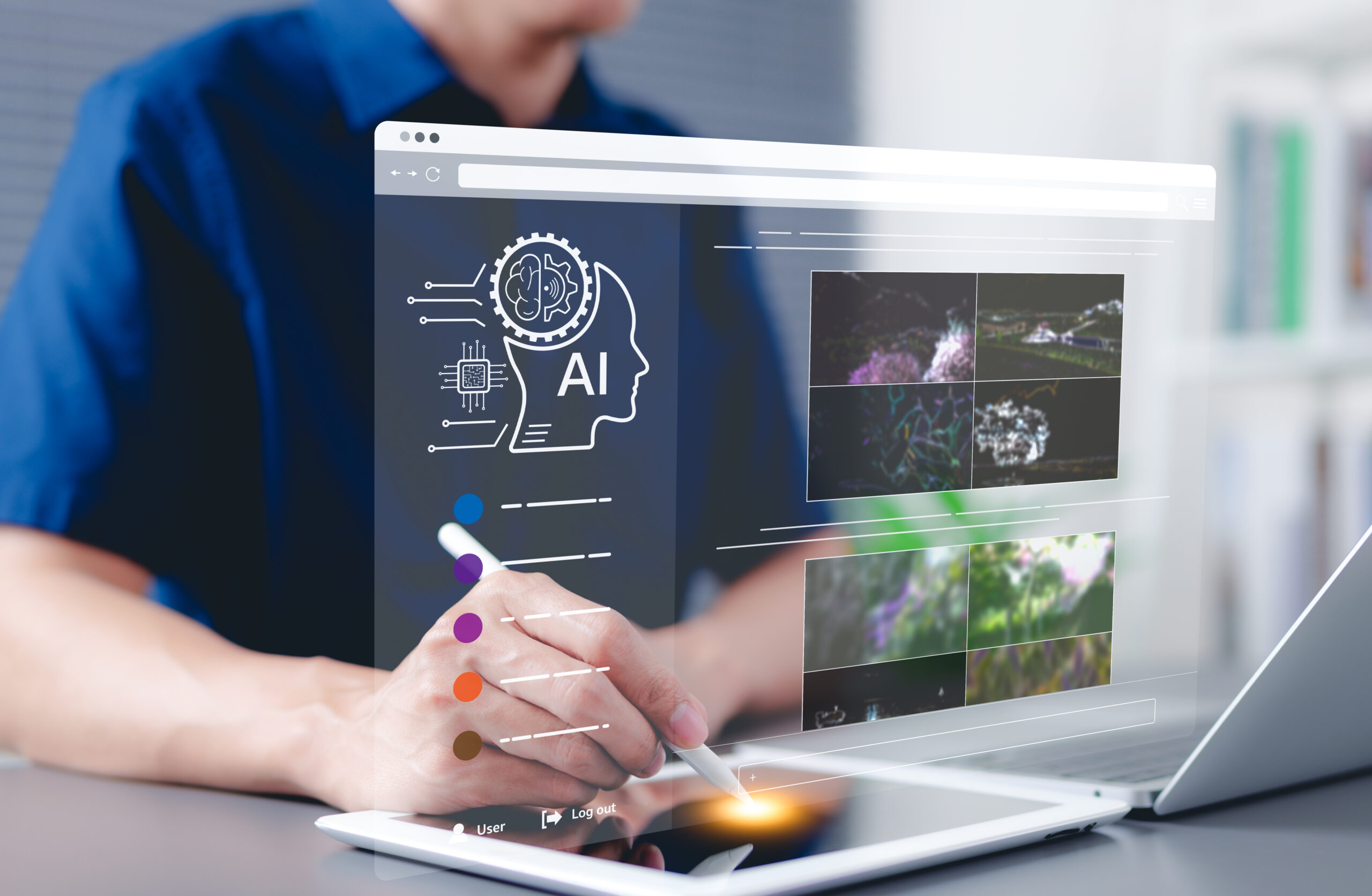How can professionals stay relevant in a rapidly changing world by learning continuously? What are the career risks for those who stop learning continuously in today’s tech-driven economy? Why is learning continuously critical not only for personal growth but also for maintaining team cohesion and innovation?
In today’s era of technological acceleration, learning continuously is no longer optional—it is essential for sustaining a successful career across any industry. As tools and platforms evolve faster than ever before, professionals must keep updating their skills to remain competitive and efficient. This article explores how the relentless pace of change affects everyone, from marketers and designers to medical and industrial professionals, emphasizing that learning continuously enables workers to not only adapt but also thrive amid constant disruption.
The blog also delves into the profound risks of stagnation, from career obsolescence to missed innovation opportunities, and outlines how learning continuously fortifies adaptability, boosts career resilience, and fosters stronger team dynamics. Practical strategies such as leveraging digital platforms, engaging in peer learning, experimenting through side projects, and fostering a genuine curiosity for growth are highlighted, helping readers and organizations embed continuous learning as a cornerstone of long-term success.
We live in an era of unprecedented digital transformation, where technological acceleration drives innovations that emerge and evolve at breathtaking speed. This frantic pace has transformed how we work, communicate, and navigate daily life. As exponential growth continues across virtually every industry and domain, professionals must continuously adapt to new tools, platforms, and methodologies.
In recent years, technological fluency has become a universal professional requirement. This shift affects not only technical professionals but increasingly extends to roles previously considered non-technical. As workplaces continue evolving, learning continuously becomes not just advantageous but essential for career sustainability and growth in the modern economy. In this article, we’ll explore how the technological revolution has transcended traditional boundaries, making continuous skill development essential for workers across all sectors.
Table of Contents:
The Pace of Technological Change
Examples of industries where change is constant
Missed opportunities for efficiency or innovation
Impact on collaboration and team dynamics
The Benefits of Continuous Learning
Increased adaptability and career resilience
Better alignment with industry standards and best practices
Webinars, podcasts, and newsletters
Peer learning and internal training sessions
Hands-on experimentation and side projects
Embracing discomfort and uncertainty
Making learning a daily habit, not a one-off event
Organizational Support for Lifelong Learning
Creating time and space for development within teams
Encouraging knowledge sharing and cross-functional learning
The Pace of Technological Change
The rate of technological evolution today defies historical comparison. To illustrate this acceleration, consider that in 2012, the machine learning and artificial intelligence landscape featured 139 companies; by 2023, this number had exploded to 1,416—a tenfold increase in just eleven years. This pattern has repeated across virtually all technological domains, from cloud computing infrastructure and blockchain applications to extended reality environments and biotech innovations.
This acceleration creates both opportunities and challenges for professionals. New tools emerge before organizations have fully implemented their predecessors, creating overlapping adoption cycles that demand continuous adaptation. Software platforms release major updates quarterly rather than annually, introducing significant new functionalities each iteration. Cloud-based applications evolve almost daily, seamlessly deploying features that can transform workflows overnight. This constant evolution requires professionals to embrace learning as an ongoing practice rather than a periodic activity.
Examples of industries where change is constant
Modern technological acceleration touches virtually every sector of the economy, transforming established workflows and creating entirely new professional specializations.
Today’s programmers face perhaps the most visible technological churn, with new languages, frameworks, and methodologies continuously emerging. Version control systems, testing methodologies, and security practices undergo constant refinement, requiring developers to balance depth of expertise with breadth of technological awareness.
Modern marketers also navigate an ever-expanding toolkit of digital platforms, analytics systems, and automation technologies. Social media algorithms undergo frequent changes, content management systems continuously evolve, and marketing automation platforms regularly introduce new capabilities. Search engine optimization techniques also require constant refinement, while new channels, from voice search to augmented reality, create additional competencies to master.
Designers must also continuously adapt to new software tools, interface paradigms, and production techniques. Design systems evolve to accommodate new interaction patterns, while prototyping tools incorporate increasingly sophisticated animation and interaction capabilities.
Medical professionals are no different. Every specialty must increasingly integrate technology into patient care, requiring familiarity with electronic health records, telemedicine platforms, wearable monitoring devices, and advanced diagnostic technologies.
The industrial sector has also transformed through automation, robotics, and data-driven processes. Additive manufacturing technologies introduce new production capabilities, while supply chain management systems incorporate increasingly sophisticated tracking and logistics.
This constant evolution across industries underscores why learning continuously has become essential for professional relevance, regardless of one’s specific field or role.
The Risks of Falling Behind
One of the most significant risks of technological stagnation is skill obsolescence — when once-valuable capabilities become increasingly irrelevant in the changing marketplace.
Research indicates that automation poses the greatest risk to jobs requiring routine, low-skill tasks while emerging roles increasingly demand advanced cognitive capabilities and non-routine problem-solving. Without ongoing skill development, professionals find themselves equipped for yesterday’s workplace while employers seek tomorrow’s capabilities.
This skill mismatch dramatically impacts career opportunities and compensation potential. Companies increasingly prioritize candidates with demonstrated learning agility over those with only static skill sets. But it’s not just employers who express interest in learning agility. According to Gartner, a lack of career development opportunities is a leading cause of employee attrition, with 40% of departing employees citing it as a key factor in their decision to leave their organizations in search of better opportunities.
Missed opportunities for efficiency or innovation
Beyond career limitations, technological stagnation means missing substantial opportunities for improved efficiency and innovation. Professionals who fail to adopt emerging tools may find themselves:
- Working harder rather than smarter as competitors leverage automation and AI-assisted workflows
- Making decisions without the benefit of advanced data analytics and visualization tools
- Developing products or services using outdated methodologies that result in inferior outcomes
- Missing market opportunities that emerge from new technological capabilities
- Experiencing higher stress and burnout from managing workflows that could be streamlined
These missed opportunities compound over time, creating widening performance gaps between those who embrace continuous learning and those who rely on established patterns.
Impact on collaboration and team dynamics
The consequences of technological lag extend beyond individual performance to affect team dynamics and organizational effectiveness. When team members operate at significantly different levels of technological fluency, collaboration becomes strained in multiple ways.
Those comfortable with current tools must either slow progress to accommodate colleagues or assume disproportionate workloads. Communication becomes fragmented when team members use different systems or speak different technological “languages.” Knowledge sharing becomes difficult when technological vocabularies don’t align, and cross-functional collaboration suffers when teams can’t effectively leverage shared platforms.
This disparity creates friction that damages team cohesion, reduces productivity, and makes agile responses to market changes nearly impossible.

Experience Our No-Obligation Trial: Uncover How Our Proven Engineering Outsourcing Services Can Elevate
Your Business


Experience Our
No-Obligation Trial: Uncover How Our Proven Engineering Outsourcing Services Can Elevate
Your Business
The Benefits of Continuous Learning
Learning continuously expands professional problem-solving capabilities by introducing new approaches and technological solutions. By constantly expanding their technological toolkits, professionals gain:
- Multiple frameworks for analyzing complex situations
- New methods for automating repetitive tasks, freeing mental bandwidth for creative problem-solving
- Access to powerful analytical tools that reveal insights by way of complex data
- The ability to connect previously separate systems and information sources
- Greater precision in selecting the optimal approach for each specific challenge
These expanded problem-solving capabilities translate to measurable performance, efficiency, and innovation improvements. Professionals who continuously learn new technologies can approach familiar challenges from fresh perspectives, often discovering solutions that would remain invisible to those working with limited toolsets.
Increased adaptability and career resilience
In an environment where AI and automation continue to transform job functions, adaptability has become a critical professional capability. This adaptability creates career resilience—the ability to successfully navigate changing job requirements, industry disruptions, and economic shifts.
Professionals committed to ongoing skill development enjoy a market value transcending specific tools or platforms because they have demonstrated learning capacity that translates across technological changes. This resilience becomes increasingly valuable as technological change accelerates, creating sustainable career advantages regardless of industry shifts.
Better alignment with industry standards and best practices
Learning continuously keeps professionals aligned with evolving industry standards and best practices. As methodologies advance and new approaches prove more effective, those actively engaged in ongoing learning gain immediate access to these improvements.
This alignment delivers numerous benefits, including higher-quality work that meets current industry expectations, better integration with clients’ or partners’ advancing technological ecosystems, and reduced rework caused by outdated methodologies. Continuous learners can contribute to advancing industry standards rather than merely following them while maintaining credibility with colleagues, clients, and leadership when proposing new approaches.
Learning Methods That Work
Digital learning platforms have democratized professional development, making expert instruction accessible regardless of location or schedule. These platforms offer several advantages for continuous learners, including:
- Structured curricula that build skills systematically
- Self-paced formats that accommodate professional schedules
- Hands-on projects that reinforce theoretical knowledge
- Credentials that document skill acquisition for employers
- Communities of fellow learners for support and networking
The technological advancement of learning platforms themselves enhances their effectiveness. AI-powered learning management systems, immersive virtual reality simulations, and adaptive learning paths create increasingly personalized and effective educational experiences. These advancements make continuous learning more accessible and impactful than ever before.
Webinars, podcasts, and newsletters
For professionals balancing learning with full-time responsibilities, lightweight, bite-sized learning resources provide accessible entry points to new technologies. These formats excel at delivering timely updates on emerging trends, explaining complex concepts through expert narration during otherwise unproductive times such as commutes or exercise sessions.
By curating a personalized feed of industry newsletters, relevant podcasts, and targeted webinars, professionals create an ongoing learning environment that continuously exposes them to new tools and approaches. These resources provide both breadth of awareness across technological trends and depth in specific areas of professional focus, creating a balanced approach to staying current.
Peer learning and internal training sessions
Knowledge transfer within organizations represents one of the most contextually relevant and immediately applicable learning methods. When colleagues share skills and experiences through formal or informal channels, the benefits include learning that directly addresses organization-specific technologies, building shared vocabulary around new tools, strengthening team dynamics through collaborative learning, and documenting organizational knowledge that might otherwise remain siloed.
As one IBM survey found, C-Suite executives estimate that 40% of their current workforce will need to reskill within three years just to keep pace with AI implementations. This underscores the urgency of establishing robust peer learning systems that can efficiently disseminate new skills throughout organizations.
Hands-on experimentation and side projects
Perhaps no learning method rivals direct experimentation for developing deep technological understanding. By applying new tools to real-world problems through side projects, professionals discover technologies’ practical limitations and capabilities beyond marketing claims. They also build portfolios demonstrating their ability to apply new skills, develop the confidence that comes from overcoming technical challenges, and experience the satisfaction of creating tangible results through new methods.
This hands-on approach creates theoretical knowledge and embodied understanding that transforms tools from abstract concepts to practical extensions of professional capability.
Building a Learning Mindset
At the foundation of effective continuous learning lies genuine curiosity—an intrinsic desire to understand how things work and why. This innate quality transforms learning from obligation to opportunity. Organizations increasingly recognize curiosity as a valuable professional trait, actively recruiting and promoting individuals demonstrating this characteristic.
Embracing discomfort and uncertainty
Learning inevitably involves the discomfort and frustration of not understanding, the embarrassment of making mistakes, and the uncertainty of whether efforts will translate to mastery. Effective continuous learners don’t avoid this discomfort but recognize it as an essential part of growth.
By reframing discomfort as a positive indicator of development rather than something to avoid, continuous learners push through initial confusion to reach a deeper understanding. They also view mistakes as valuable feedback rather than personal failures, remain open to having their assumptions challenged, seek learning environments that stretch their capabilities, and develop resilience that makes each subsequent learning challenge less intimidating.
This comfort with discomfort becomes increasingly valuable as the pace of technological change accelerates, requiring ever more frequent adaptation to new tools and approaches.
Making learning a daily habit, not a one-off event
Perhaps the most defining characteristic of effective continuous learners is their integration of learning into daily routines rather than treating it as an occasional, formal activity. Learning continuously becomes sustainable when embedded into regular workflows through habits like dedicating small, consistent time blocks to skill development, following industry leaders and publications, applying new knowledge immediately to reinforce learning, teaching others to solidify understanding, and reflecting on how new information connects to existing knowledge.
By establishing learning as a continuous process rather than a periodic event, professionals develop this crucial ability to learn, unlearn, and relearn as technologies evolve.
Organizational Support for Lifelong Learning
Progressive organizations recognize that employee development represents an investment rather than a cost. Experts estimate that more than 1.1 billion jobs are likely to be radically transformed by technology in the next decade. Forward-thinking organizations are responding by increasing their investment in workforce reskilling initiatives to ensure their teams can keep pace with technological advancement.
Adequate employer support includes providing learning stipends or subscriptions to educational platforms, establishing clear career progression pathways tied to skill development, recognizing and rewarding continuous learning through performance reviews, bringing in external experts for workshops on emerging technologies, and creating internal knowledge bases that document organizational learning.
Smart organizations understand that their competitive advantage increasingly depends on their workforce’s collective ability to adapt to technological change. Forbes reports that 33% of companies plan to increase their learning and development budgets, with 75% creating customized learning programs tailored to the specific skills their businesses need.

Experience Our No-Obligation Trial: Uncover How Our Proven Engineering Outsourcing Services Can Elevate
Your Business


Experience Our
No-Obligation Trial: Uncover How Our Proven Engineering Outsourcing Services Can Elevate
Your Business
Creating time and space for development within teams
One of the most significant barriers to continuous learning is the perception that immediate work demands leave no time for skill development. Organizations that excel at developing their workforce incorporate learning into standard workflows by allocating dedicated learning time within regular working hours. This often involves integrating skill development into project planning, including learning objectives in performance goals. It also involves creating rotation programs that expose employees to different technologies and establishing “innovation time” for experimenting with new tools.
The key insight is that learning should be integrated into work rather than competing with it, creating sustainable development practices that enhance rather than detract from productivity.
Encouraging knowledge sharing and cross-functional learning
Perhaps the most powerful organizational learning strategy involves creating structures facilitating knowledge flow across individuals, teams, and departments. Without these structures, functional silos struggle to collaborate effectively, limiting innovation potential.
Effective knowledge-sharing approaches include creating communities of practice around specific technologies, implementing mentoring programs that pair technological experts with developing learners, establishing internal knowledge repositories and documentation standards, hosting hackathons or innovation challenges that encourage cross-functional collaboration, and recognizing those who actively contribute to organizational learning.
The urgency of this approach is clear. Research indicates that millennials will soon constitute the majority of the global workforce, bringing expectations for continuous development opportunities. Among millennials, 87% view development as important in their jobs, compared to 69% of non-millennials. Organizations that fail to meet these expectations face significant talent challenges, while those that embrace continuous learning create self-reinforcing cycles of innovation and adaptation.
Conclusion
In a world where technological change is not merely constant but accelerating, continuous learning has transformed from a competitive advantage to a baseline requirement. However, sustainable continuous learning requires both individual commitment and organizational support. The path forward is clear: commit to learning continuously, embrace the mindset that views change as an opportunity rather than a threat, and build the habits that transform continuous learning from aspiration to reality.
By investing in the tools, technologies, and cultures that support ongoing development, individuals and organizations position themselves not merely to survive technological change but to harness it as a catalyst for growth and innovation. In doing so, they don’t just keep pace with technological advancement—they can help shape its direction and impact.




